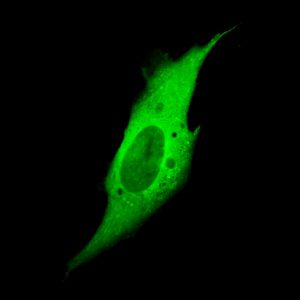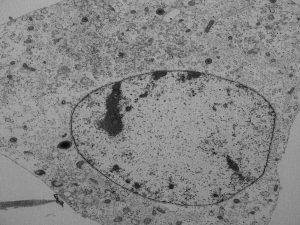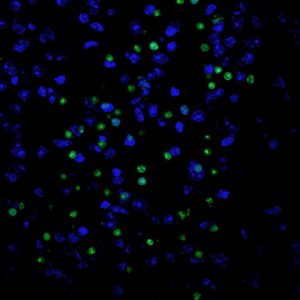
Research
Metabolic control of cell death
Background
Ferroptosis is a novel form of regulated necrotic cell death marked by iron-dependent lipid peroxidation and metabolic constraints. Our contribution to this intriguing and emerging field began with the early discovery that the genetic knockout of glutathione peroxidase 4 (GPX4) causes a caspase-independent, non-apoptotic form of cell death, which could be prevented by the lipophilic antioxidant vitamin E both in cells and in mice to some extent (Seiler et al., Cell Metab 2008). Meanwhile, it is known that GPX4 is at the heart of ferroptosis due to its unique activity to prevent detrimental lipid peroxidation. Systems that sustain full functionality of GPX4 can be regarded as important nodes to control ferroptosis. Cellular processes, such as iron handling, polyunsaturated fatty acid metabolism, endoplasmic reticulum stress, glutaminolysis and the mevalonate pathway, have been recently recognized to impinge on this form of cell death as well.
Genetic approaches
We are using state-of-the-art genetic technologies including genome-wide CRISPR/Cas9 screening to unravel novel ferroptosis players. Gain- and loss-of function approaches performed both in vitro and in vivo aim to investigate and validate the importance and relevance of these ferroptosis players in physiology and disease development. Moreover, their potential as putative future stratification markers in various disease contexts is also a focus in our laboratory.
Small molecule discovery
We are constantly applying phenotypic and target-based screening efforts to identify and develop novel cell death modulators for both inhibiting and inducing ferroptosis in the context of (neuro)degenerative diseases and cancer, respectively.


